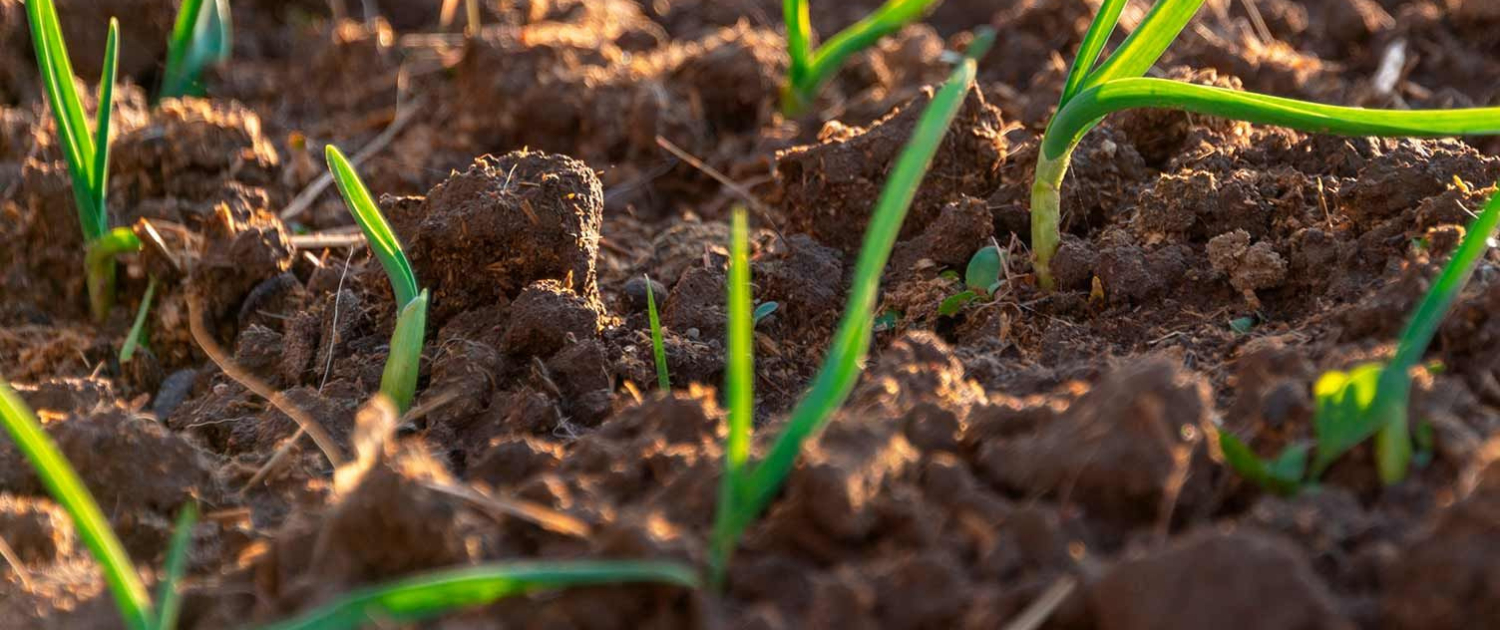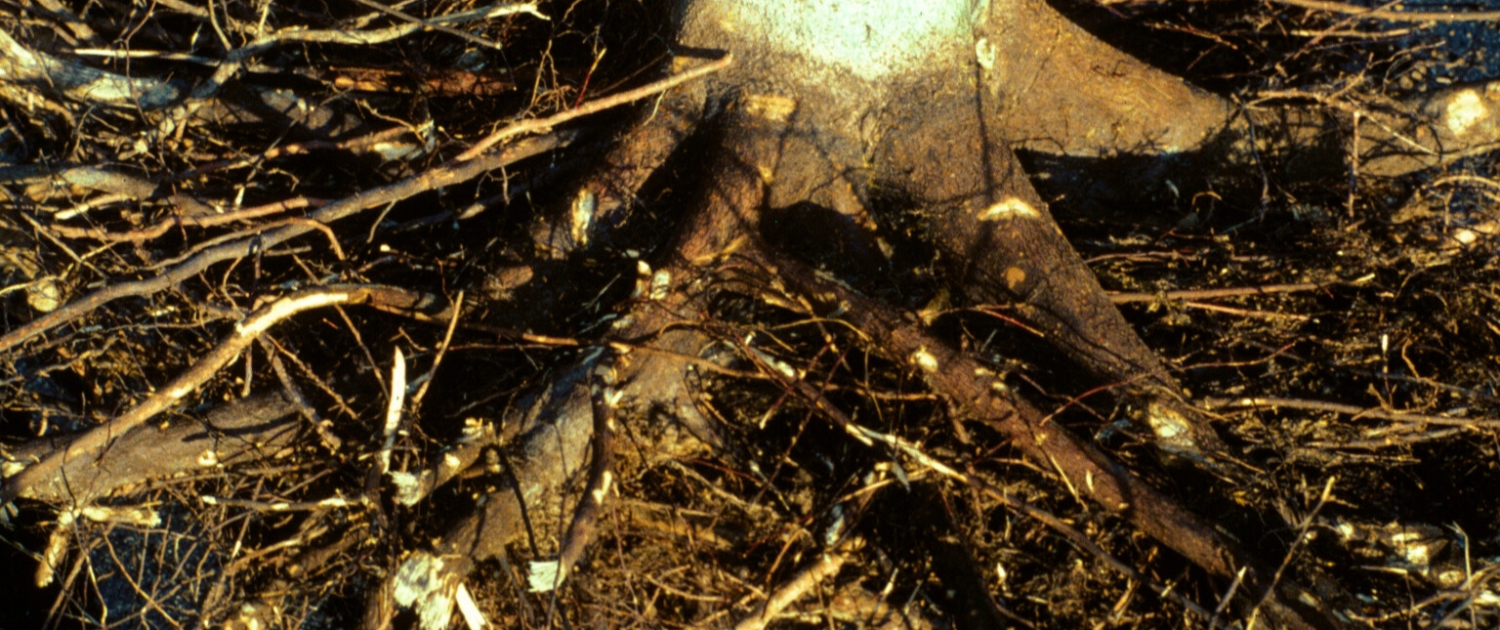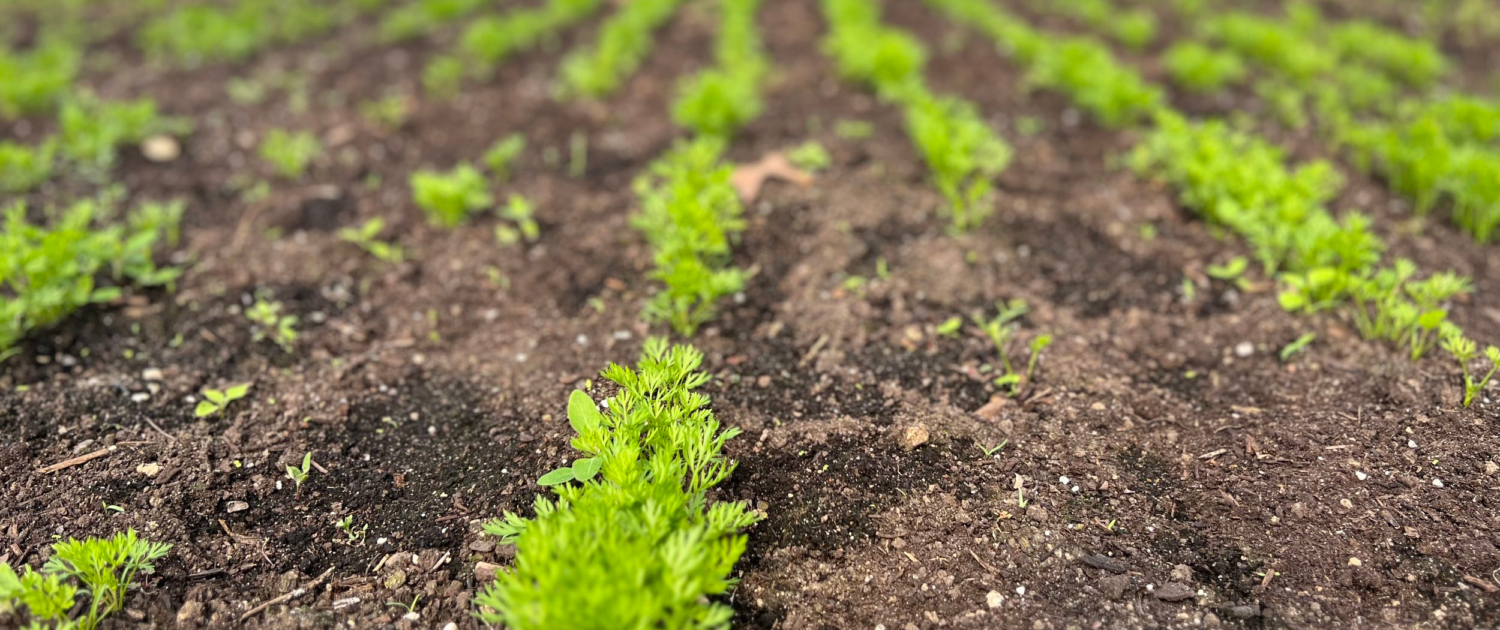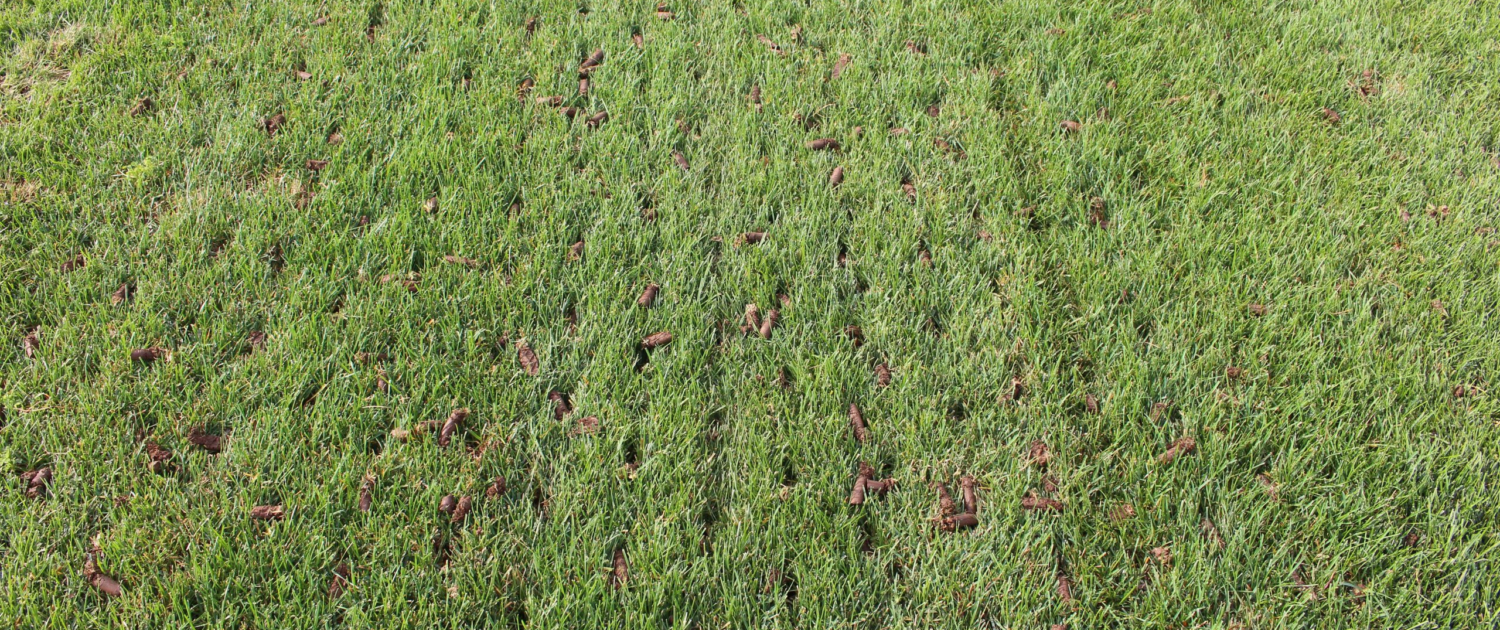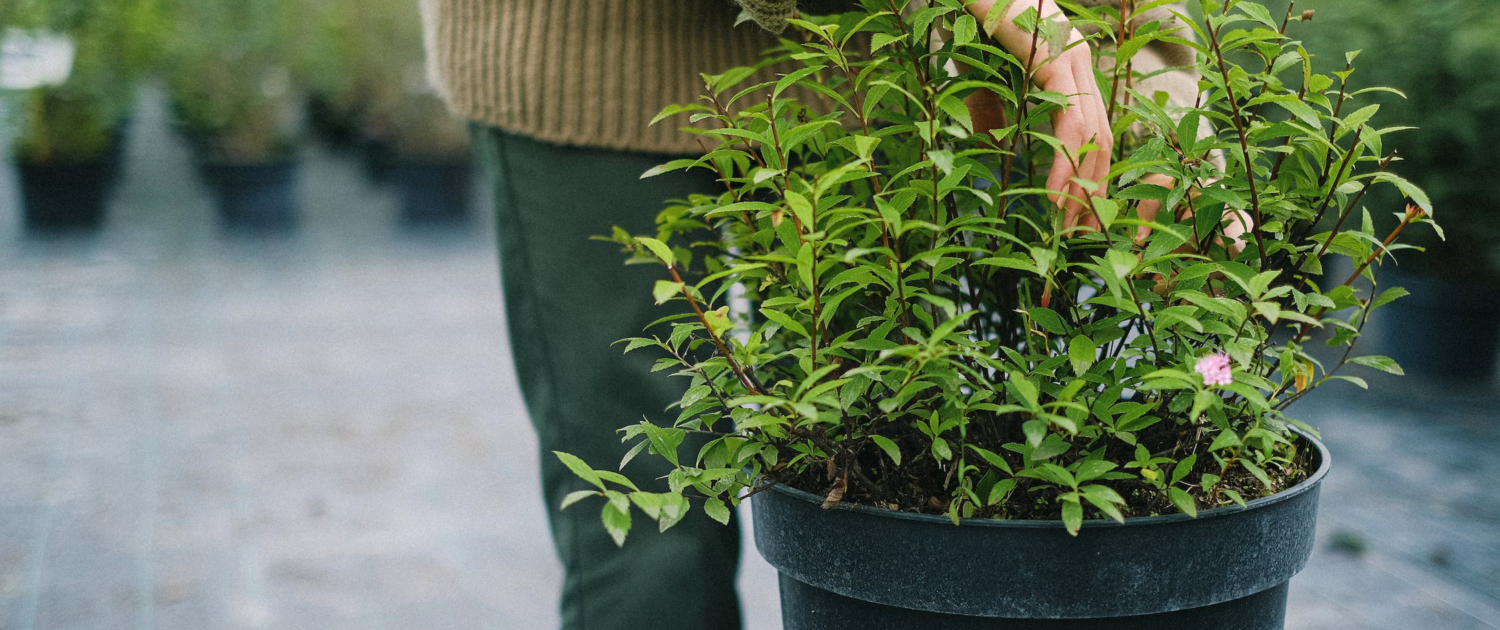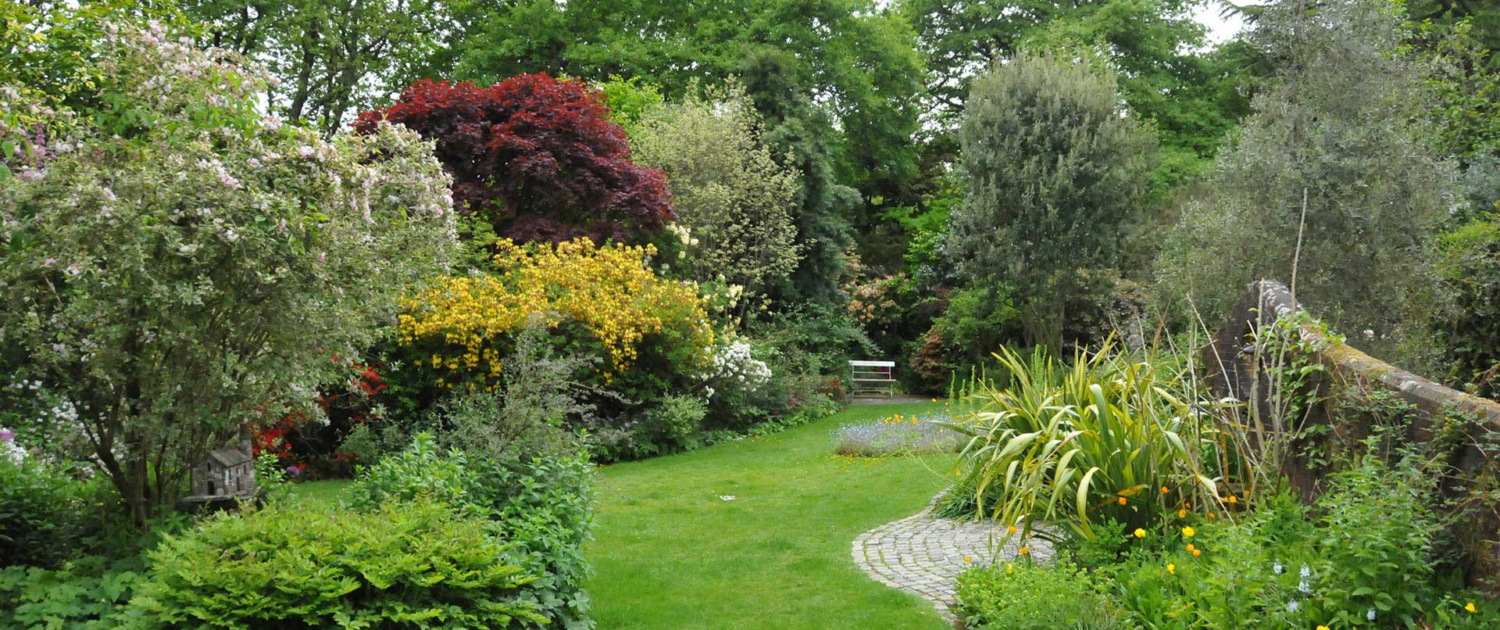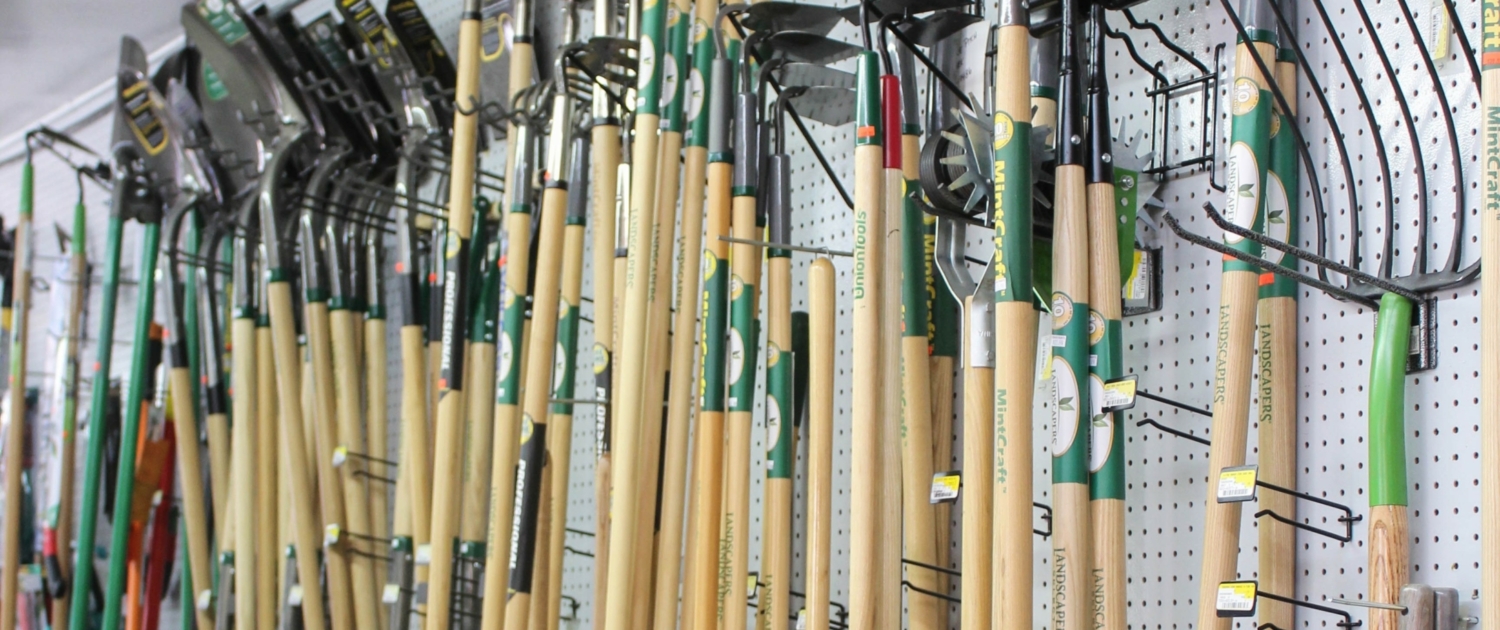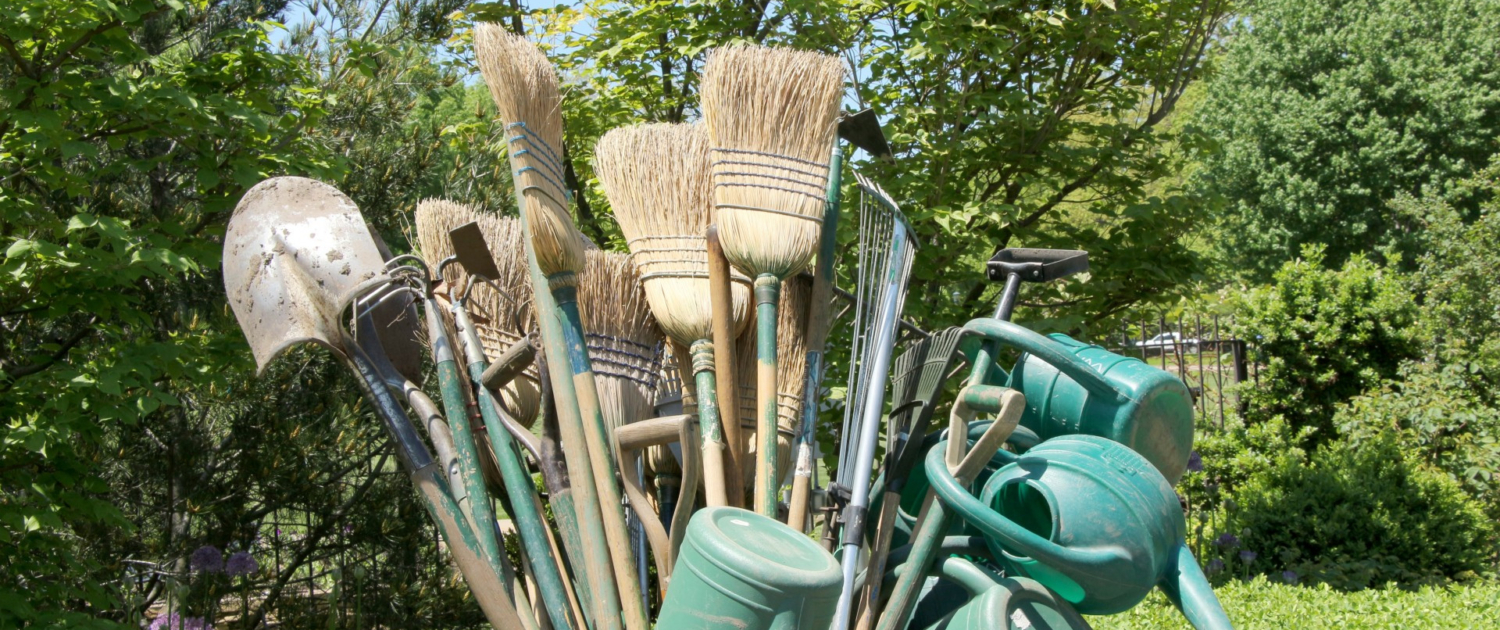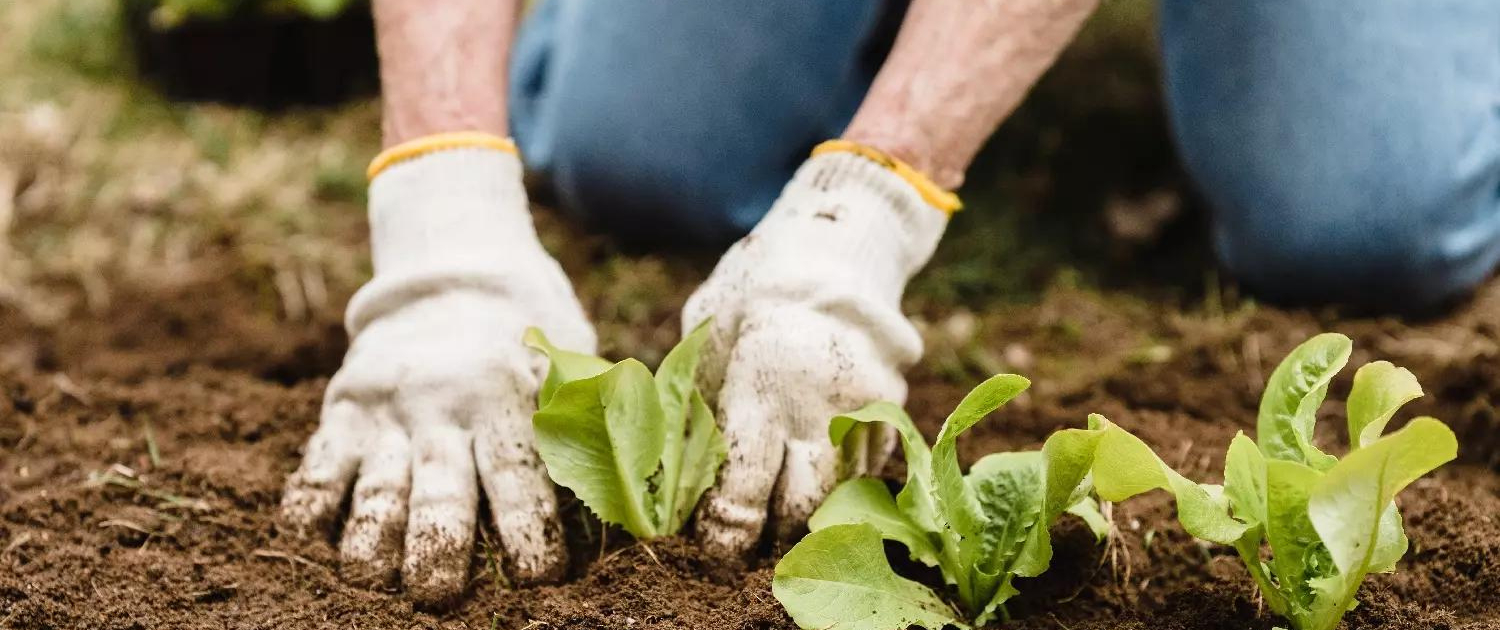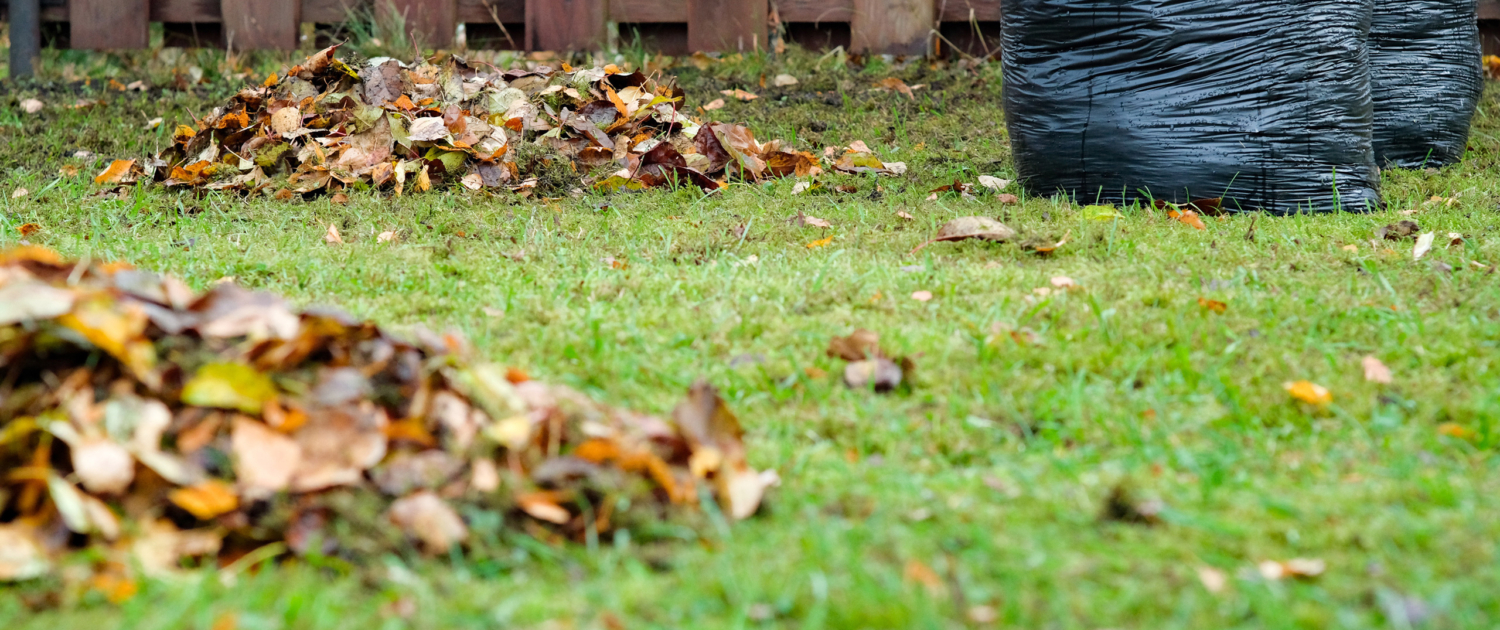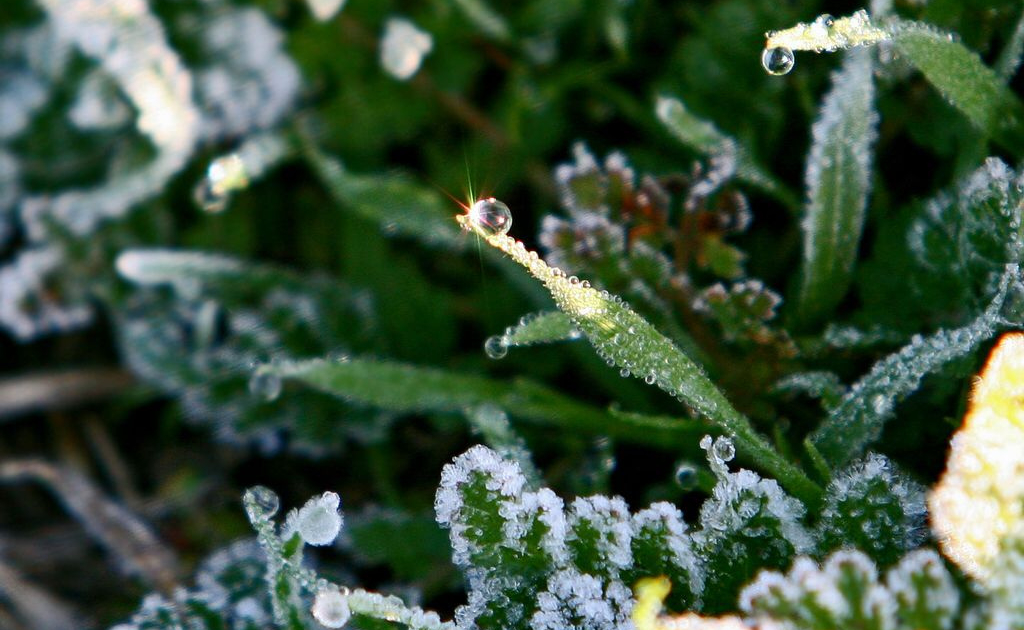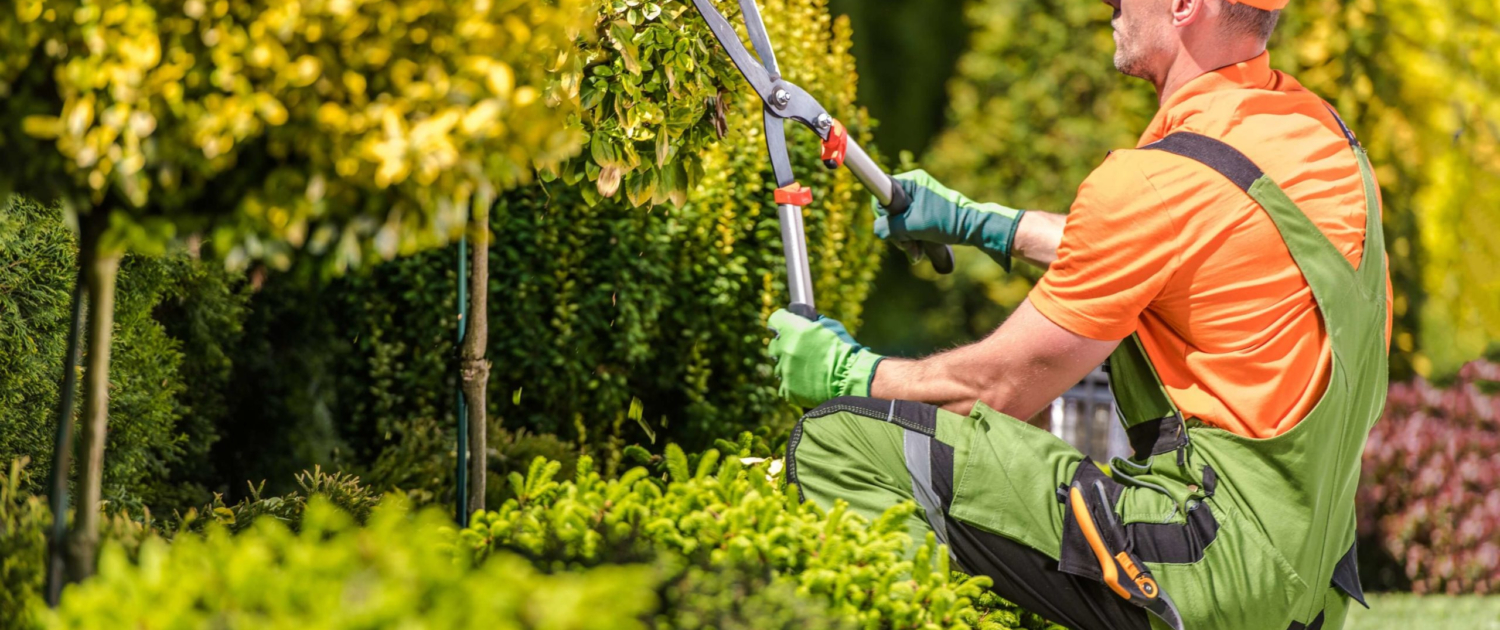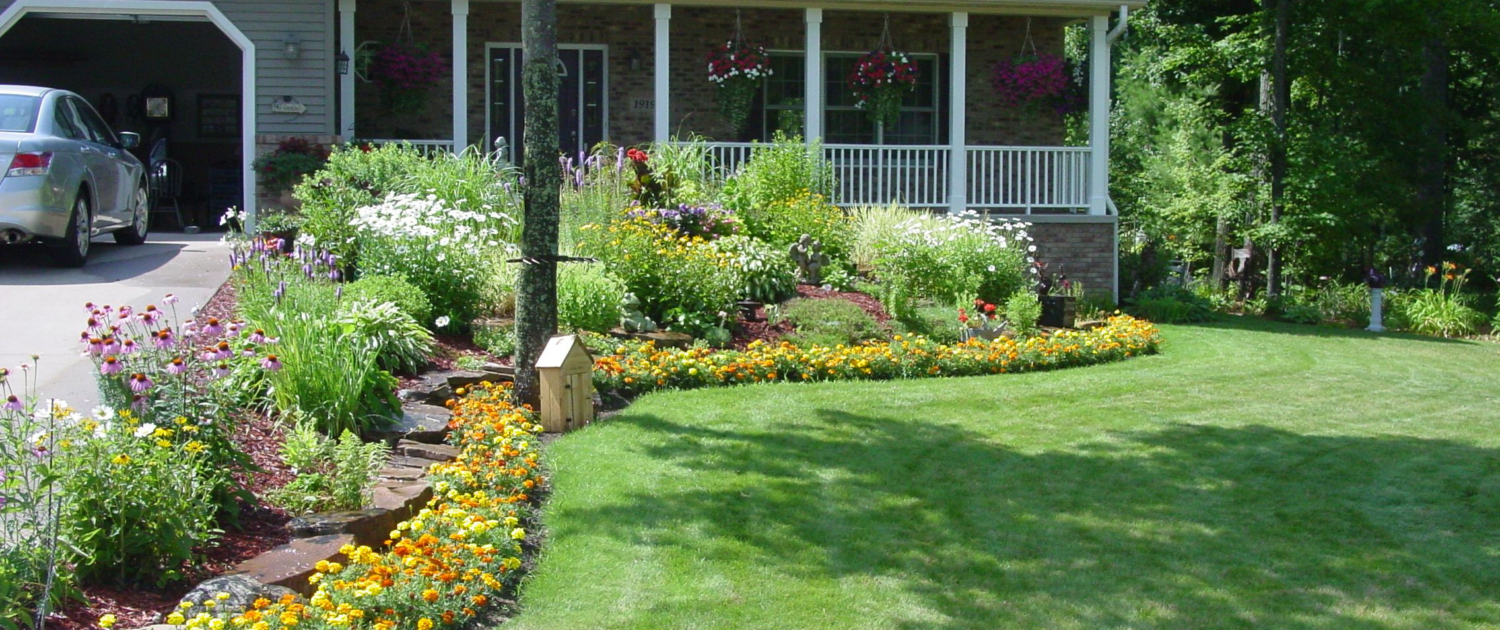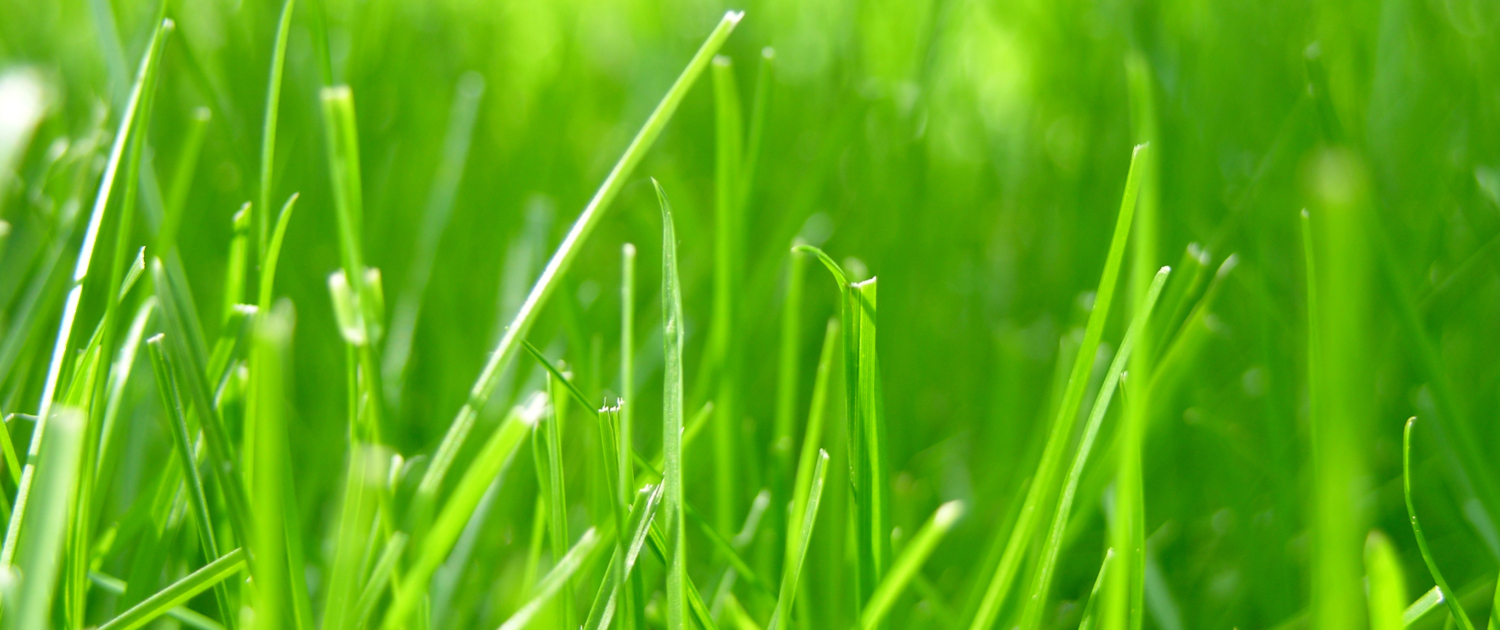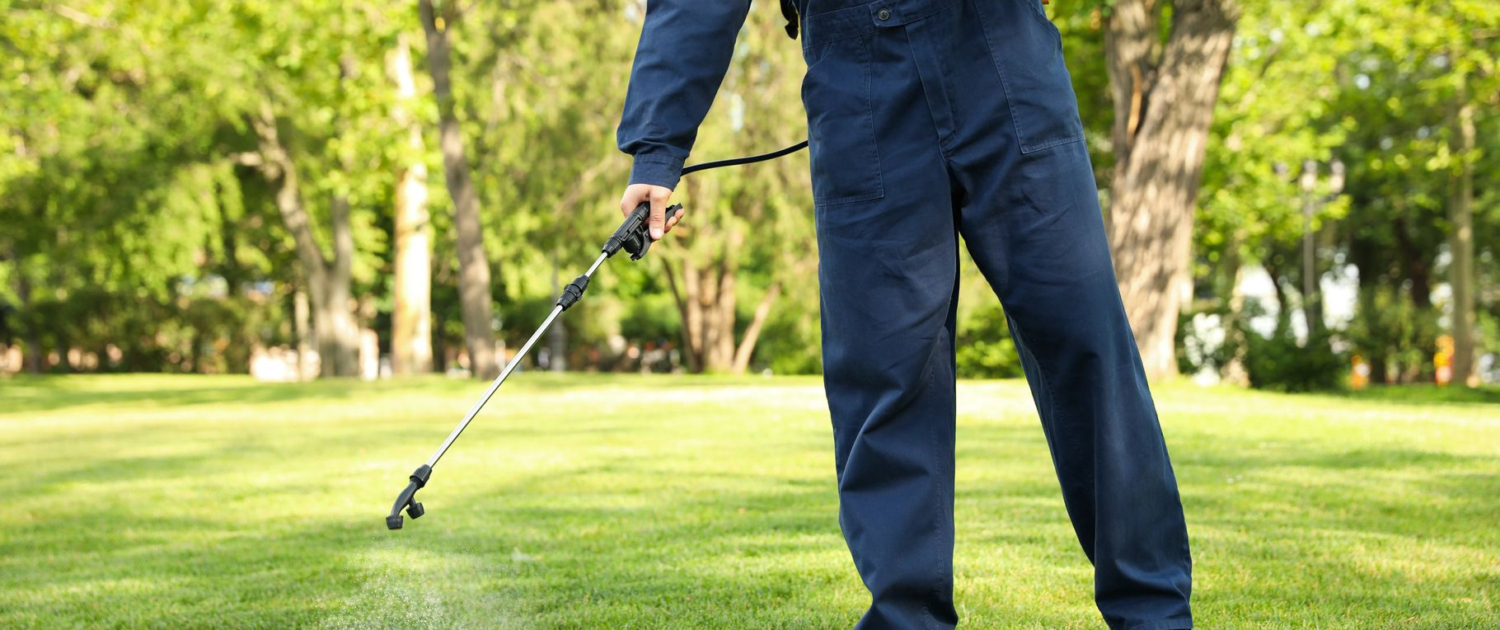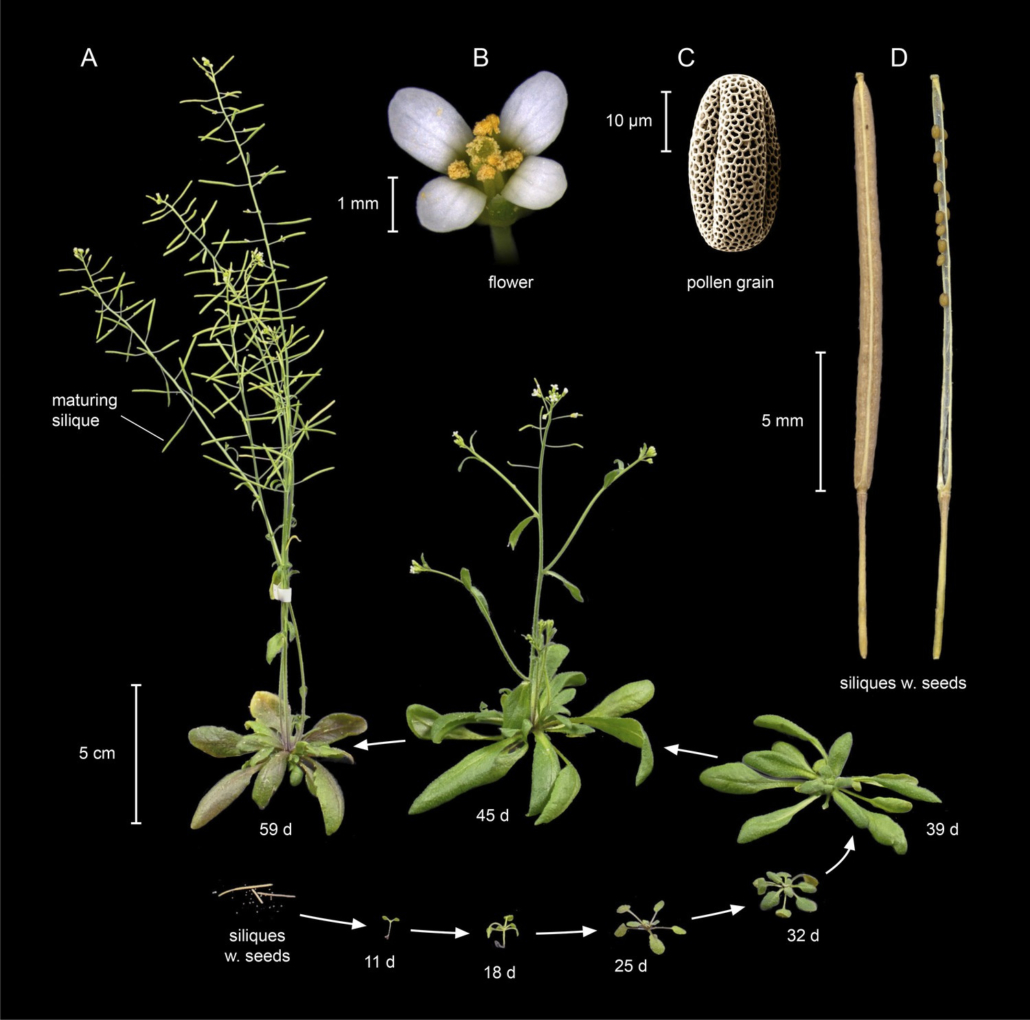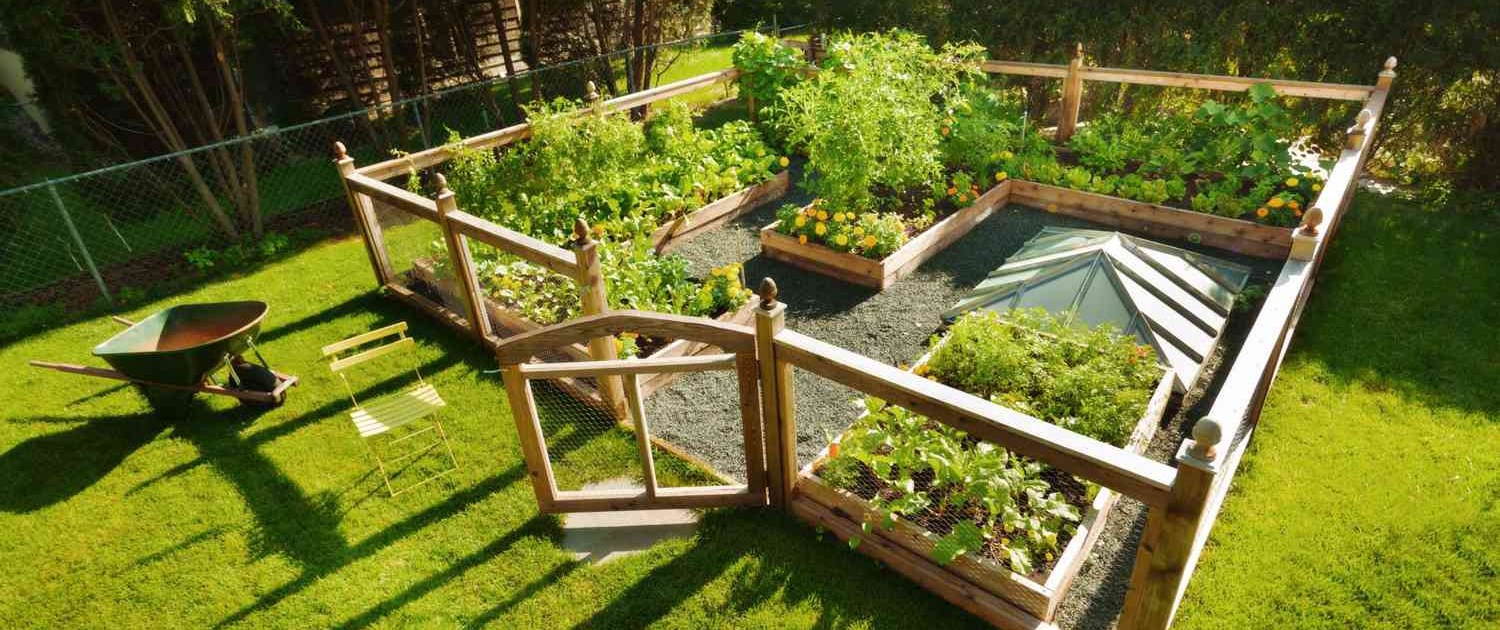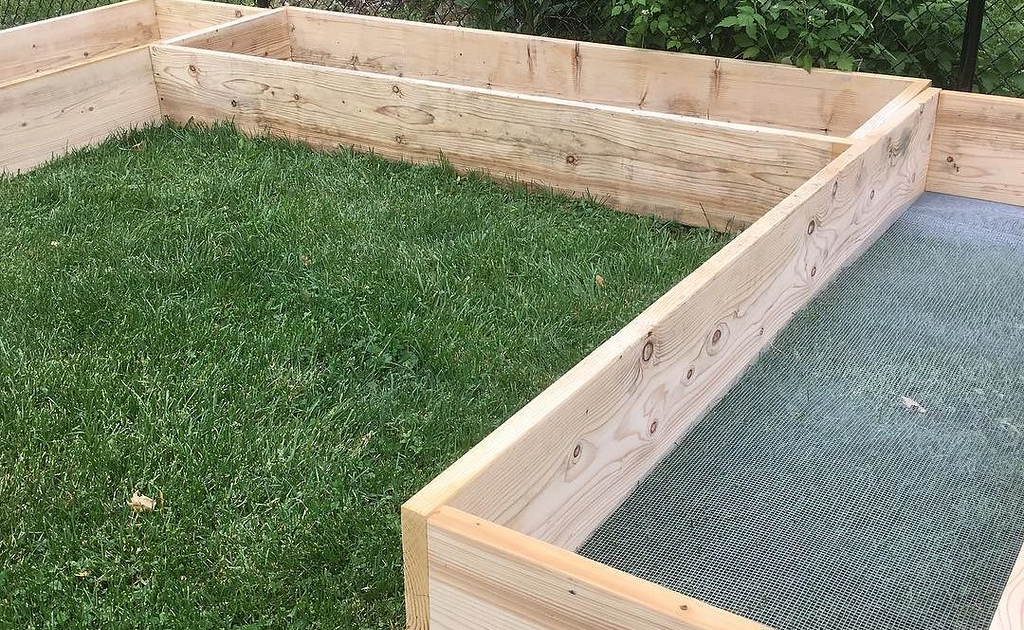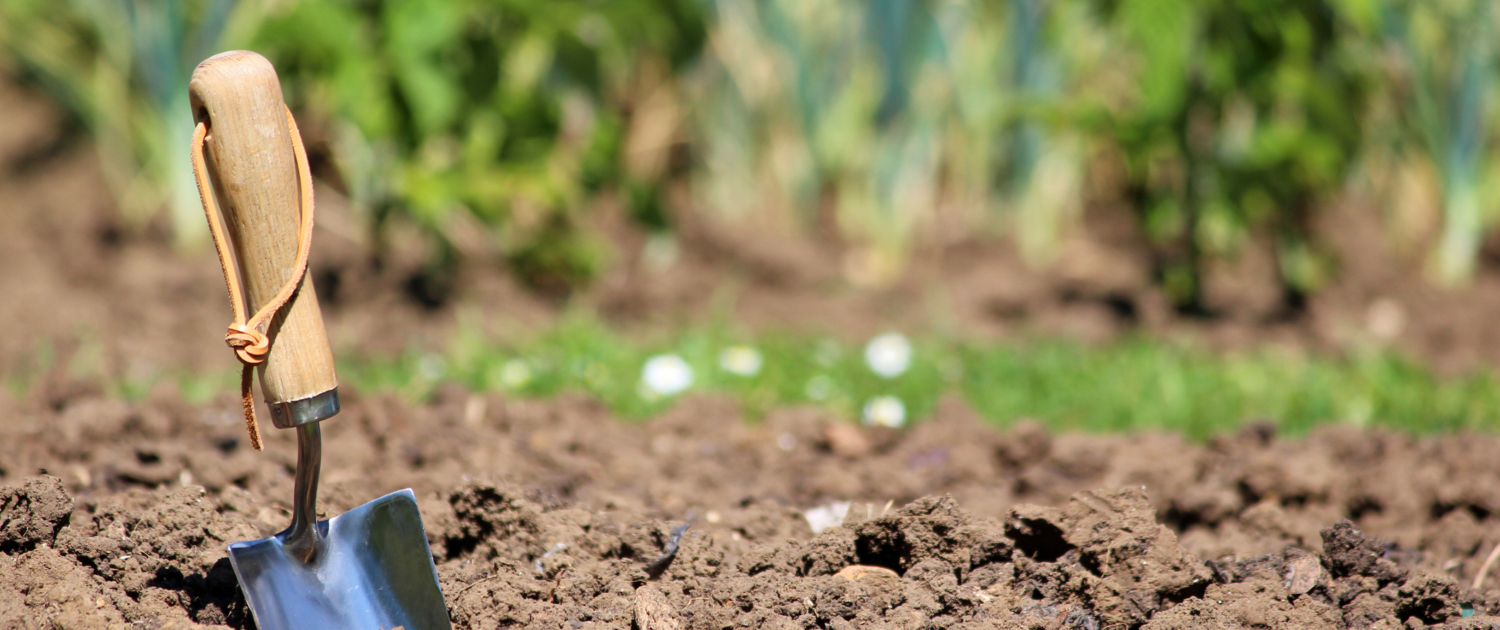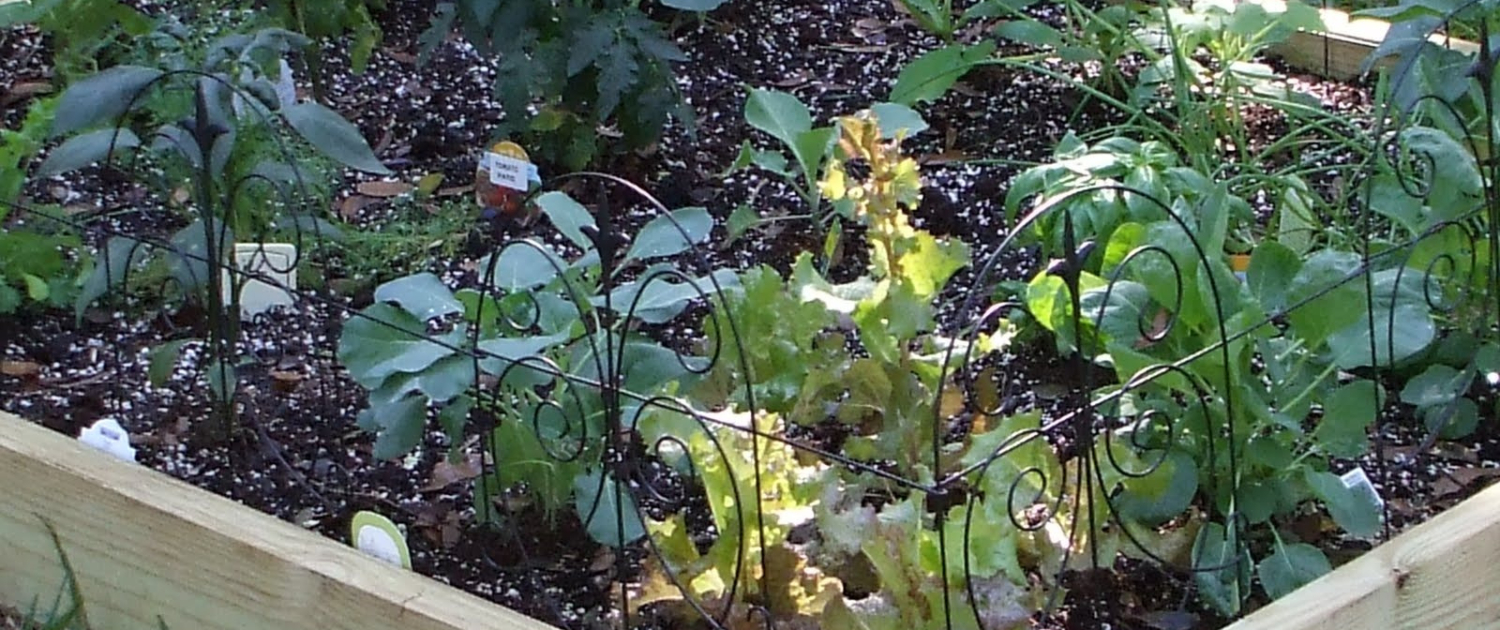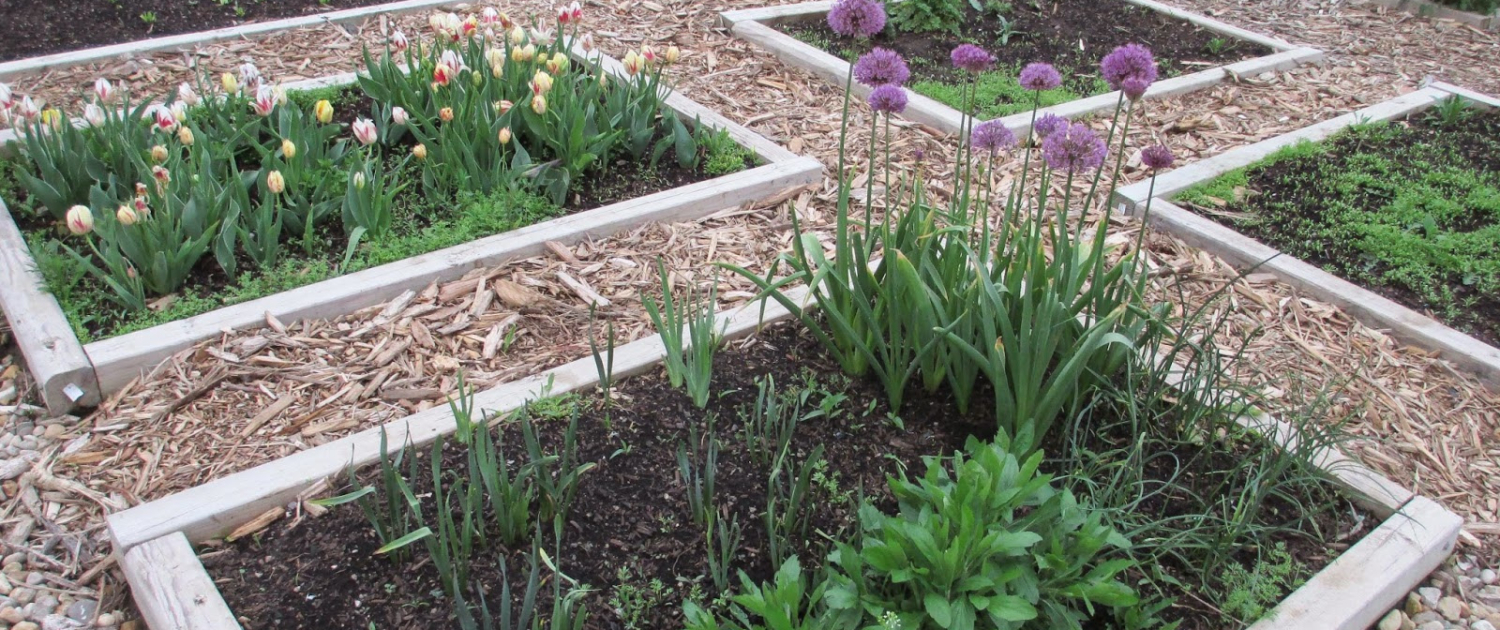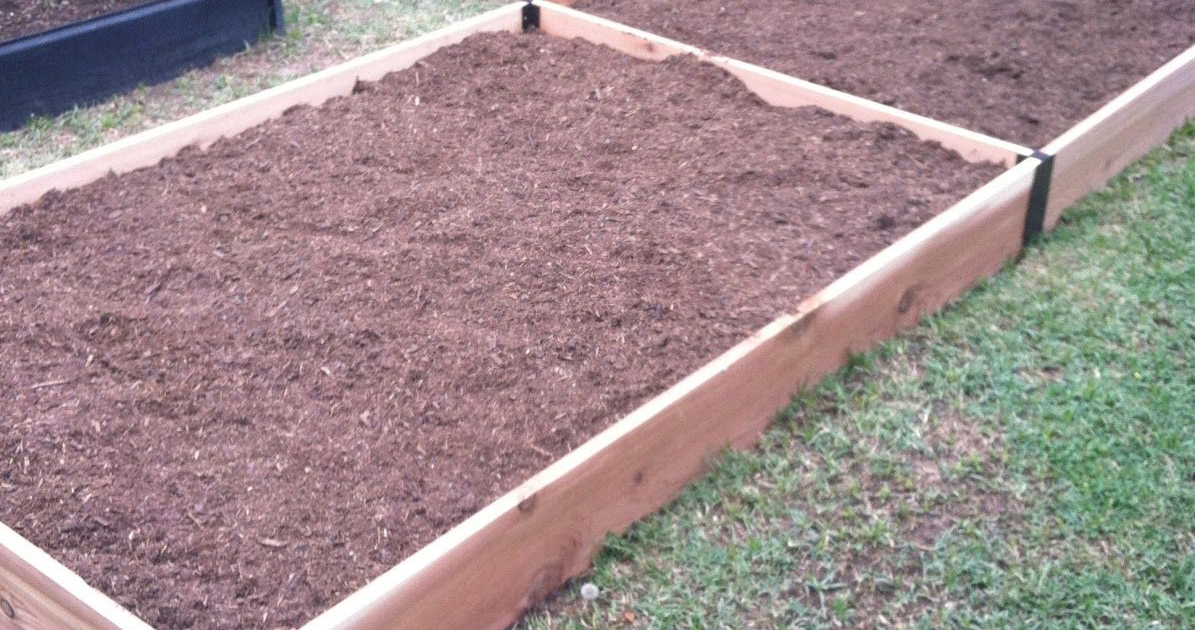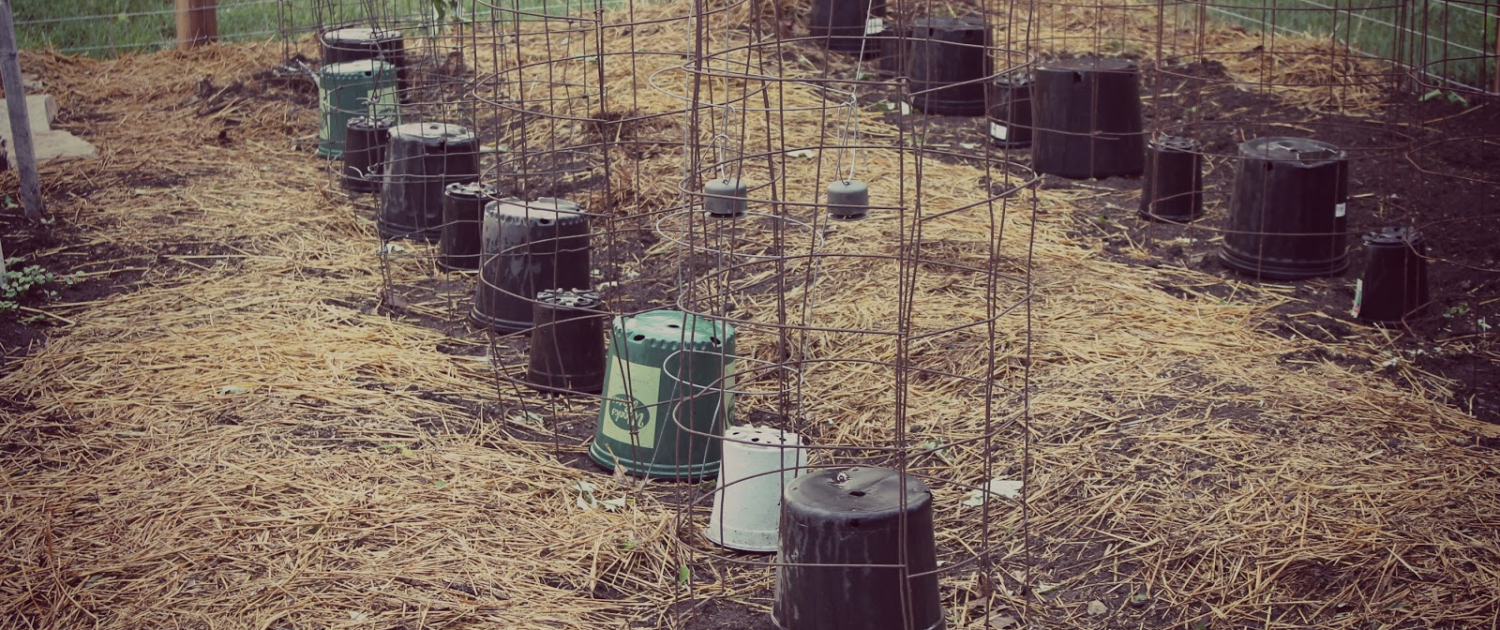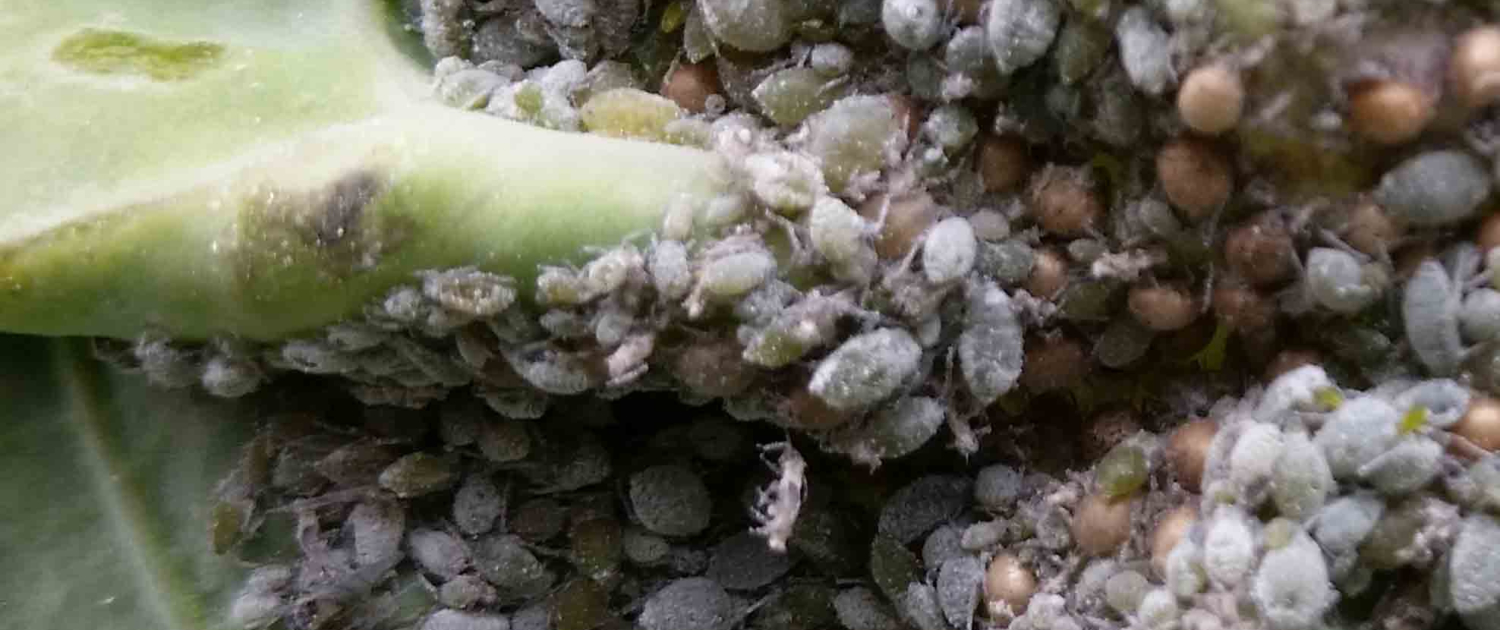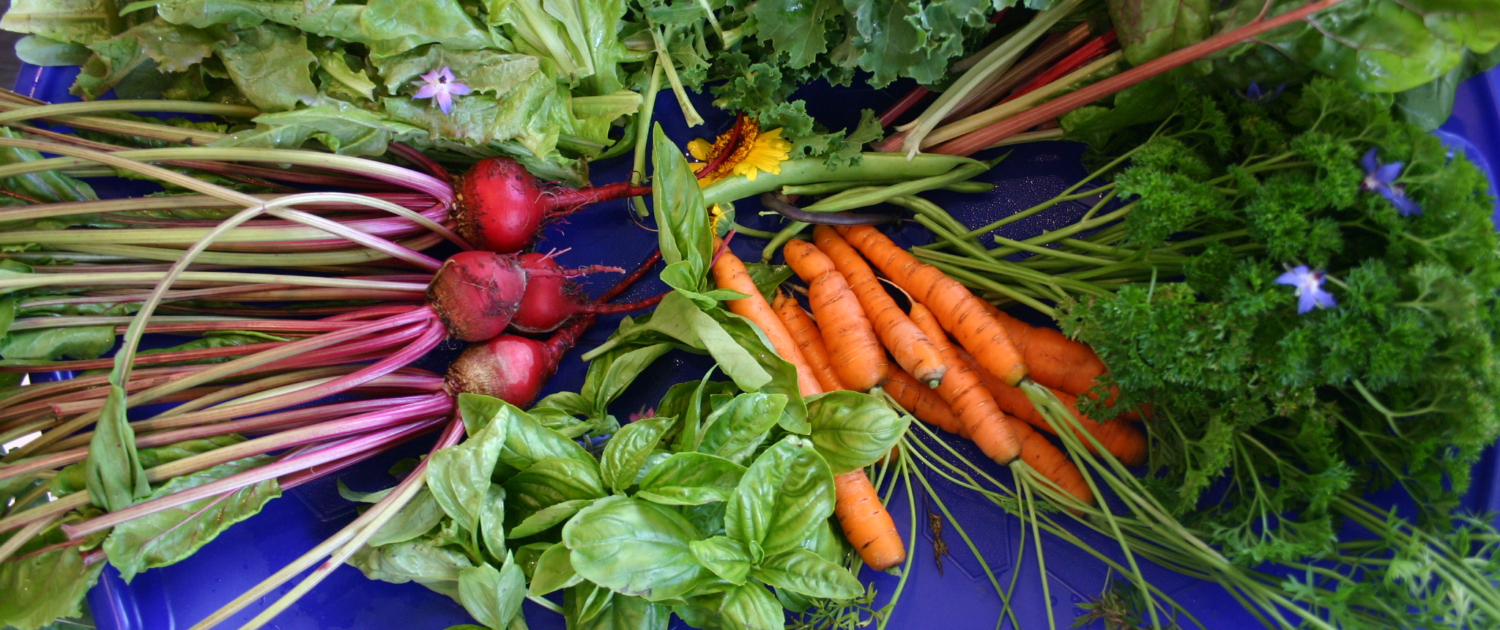Preparing for Vibrant Lawns and Gardens in Spring
As winter gradually releases its hold on the breathtaking landscapes of British Columbia, homeowners in the Lower Mainland, Okanagan, and Vancouver Island eagerly anticipate the arrival of spring. This season prompts them to ready their lawns and gardens for the upcoming period of active growth. Planning for spring is an essential step in guaranteeing a vibrant and healthy outdoor space. Within this article, we will delve into crucial considerations and provide tips for orchestrating a successful spring for your lawn and garden in these distinctive regions of British Columbia.
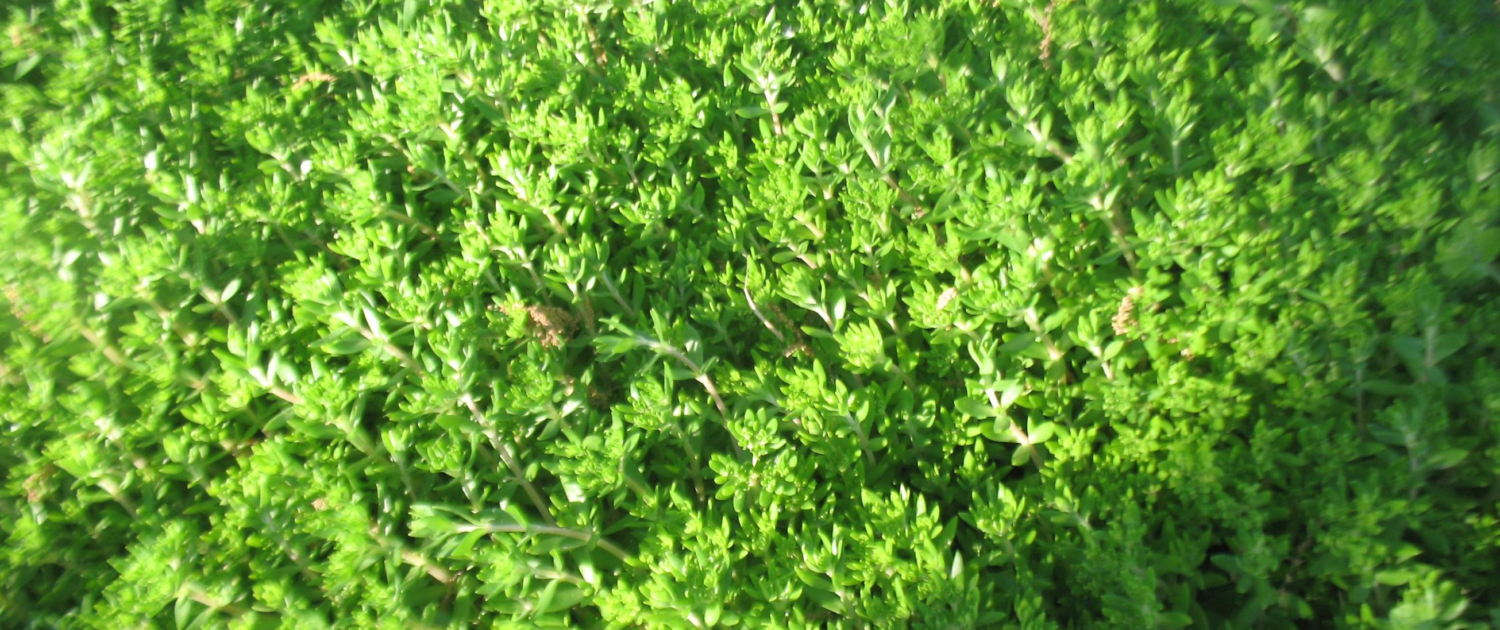
Preparing for a Coastal Climate in Lower Mainland
Preparing for a Coastal Climate in Lower Mainland
The temperate, coastal climate of the Lower Mainland results in an earlier arrival of spring compared to other regions in the province. To capitalize on this, consider the following:
- Early Lawn Maintenance: Initiate early lawn care by aerating and dethatching to promote robust grass growth.
- Weed Control: Address weeds promptly to thwart their proliferation and maintain the health of your lawn.
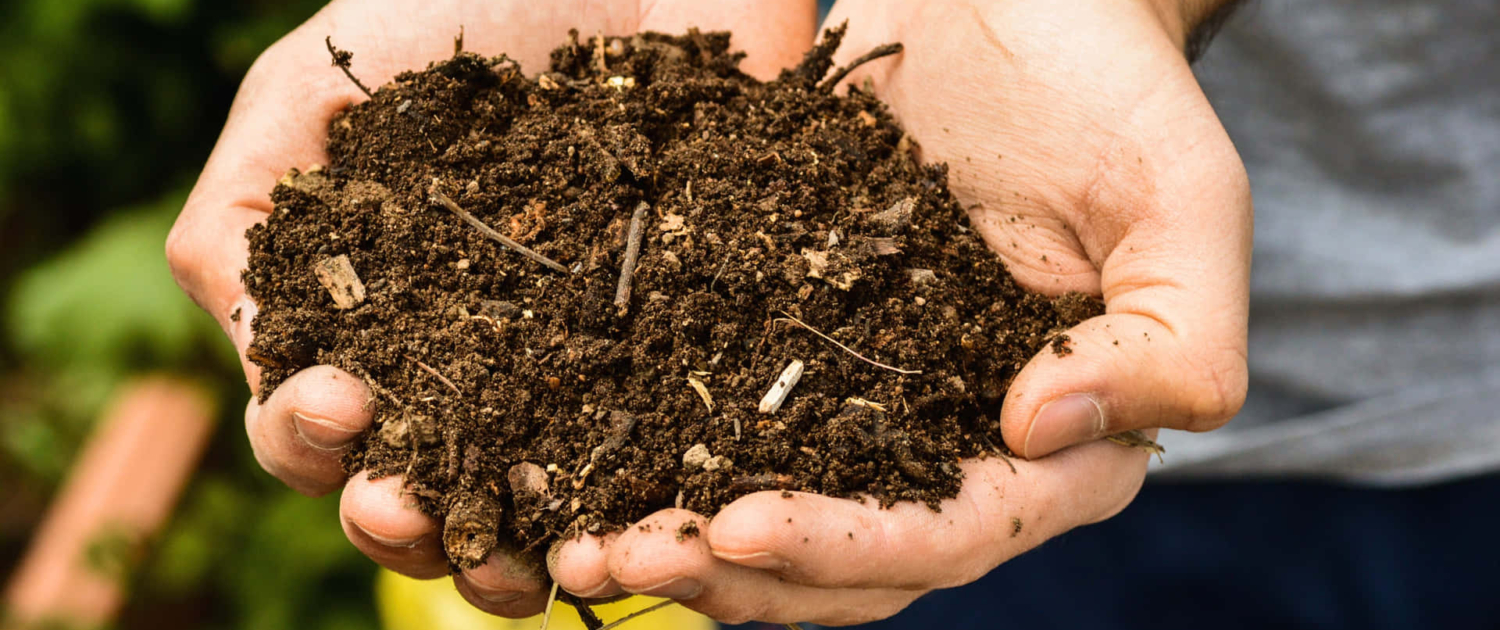
Okanagan Adapts to Dry Climate Conditions
Okanagan Adapts to Dry Climate Conditions
The semi-arid climate of the Okanagan necessitates meticulous water management and soil preparation. Give priority to:
- Irrigation Planning: Verify the effectiveness of your irrigation system and adapt watering schedules to align with the specific requirements of your plants.
- Soil Enrichment: Improve water retention by incorporating organic matter into the soil to enhance its quality.
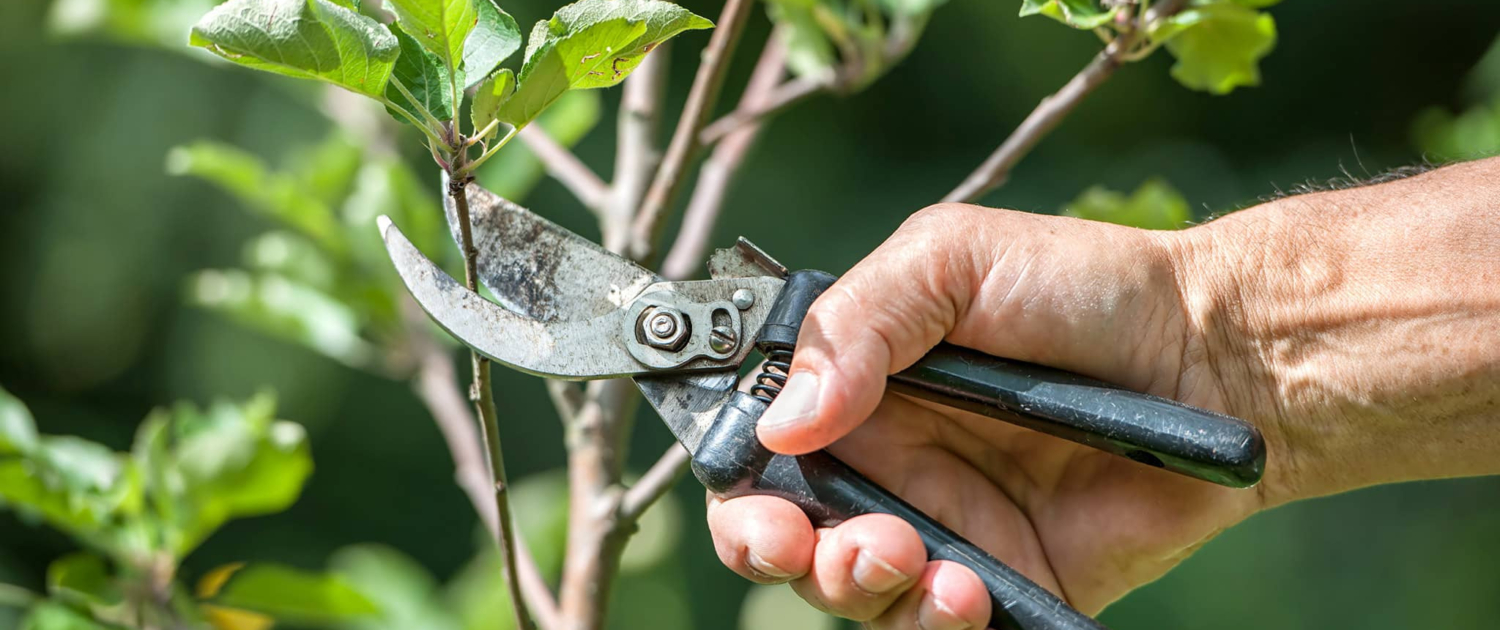
Managing Wet Conditions and Moderate Temperatures in Vancouver Island
Managing Wet Conditions and Moderate Temperatures in Vancouver Island
The temperate climate of Vancouver Island calls for a balanced approach to spring planning. Take into account:
- Pruning and Trimming: Trim excessively grown branches and bushes to facilitate sunlight reaching the plants below.
- Mulching: Apply mulch to regulate soil temperature and preserve moisture.
Incorporate these essential spring planning tips, applicable across different regions of British Columbia
- Soil Testing: Evaluate nutrient levels and pH through a soil test to tailor your fertilization plan to the specific needs of your soil.
- Early Pest Control: Monitor for pests in the early stages of the season and implement preventive measures to safeguard your plants.
- Plant Selection: Opt for plants that thrive in your region’s climate and soil conditions, ensuring a flourishing garden.
- Lawn Reseeding: Address bare patches in your lawn by reseeding, promoting a lush and verdant appearance.
- Garden Bed Preparation: Clear garden beds of debris, enhance the soil, and strategically plan your spring plantings for an aesthetically pleasing landscape.
Spring planning in British Columbia demands a thoughtful approach that takes into account the distinctive characteristics of each region. By comprehending the specific requirements of the Lower Mainland, Okanagan, and Vancouver Island, homeowners can lay the groundwork for a vibrant and flourishing outdoor space. Whether nurturing a coastal garden or managing an arid landscape, strategic planning guarantees that your lawn and garden are well-prepared to embrace the beauty of spring in this diverse and captivating province.

